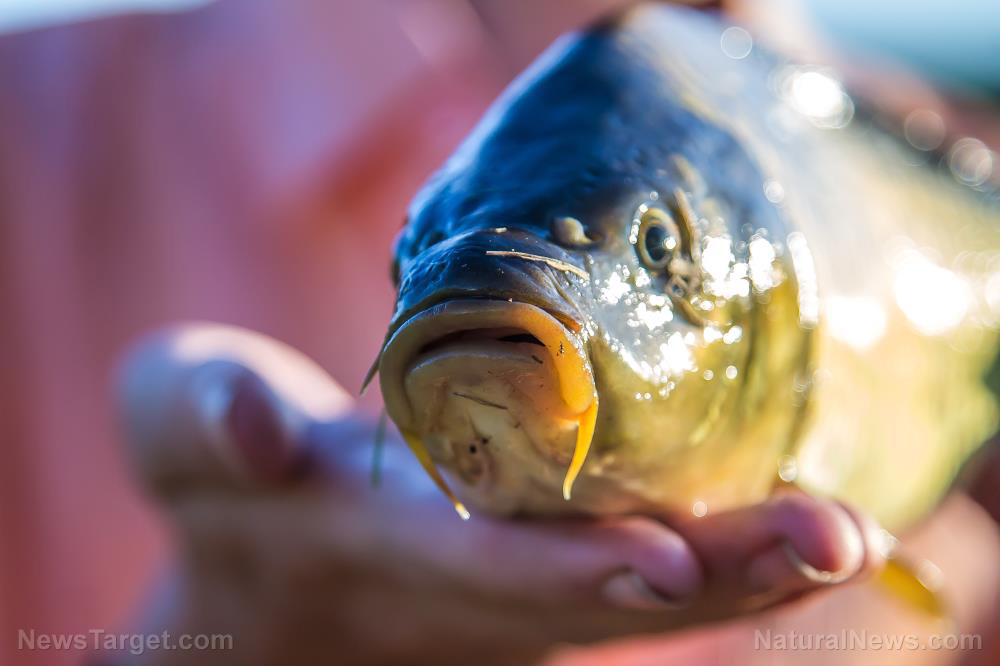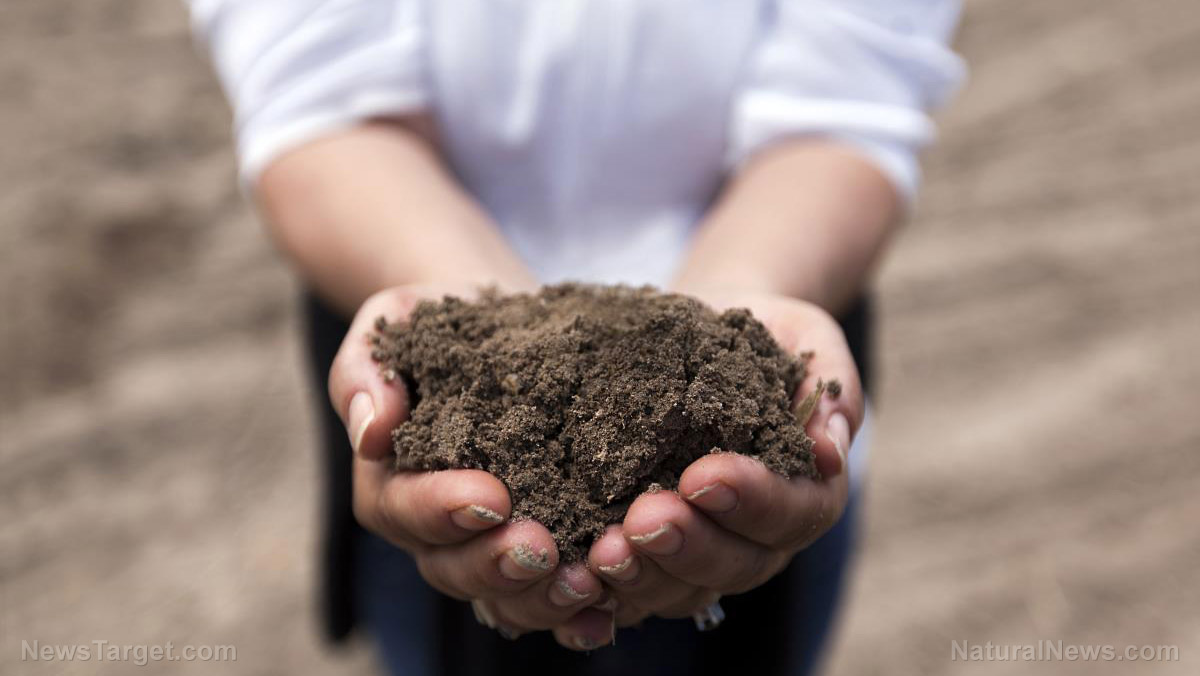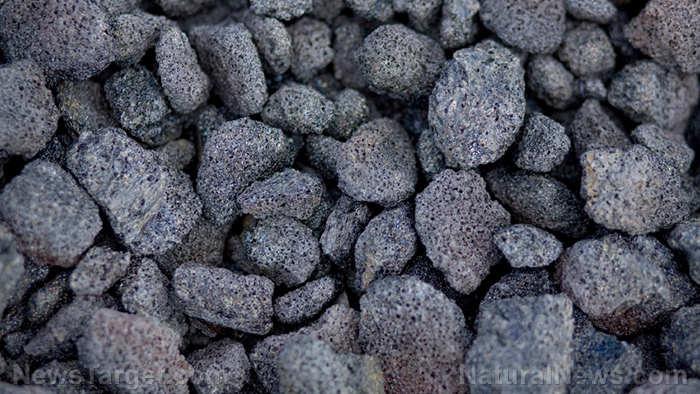Fish bones dug up in Early Neolithic Jiahu site suggest carp farming dates back 8,000 years
08/28/2020 / By Michael Alexander

The ancient Chinese were engaged in aquaculture at least 4,500 years before the Egyptians, the civilization previously considered to be the first to attempt the farming of food fish, an international team of researchers and experts said recently.
The team, made up of researchers from Japan, China, Germany and the U.K., came to the conclusion after examining artifacts and fossils gathered from a Neolithic, or Stone Age, settlement called Jiahu, in the present-day Henan Province in Central China.
The researchers found evidence that those who lived there were farming carp between 6,200-5700 BC. This discovery, the researchers said in an article published in the journal Nature Ecology & Evolution, pushes the genesis of aquaculture beyond 1,500 BC, the year in which the ancient Egyptians were believed to have started farming the Nile tilapia (Oreochromis niloticus).
The researchers chose to excavate at Jiahu given its rich history as a “metropolitan” area, at least by Stone Age standards.
First discovered in 1962, the ruins of Jiahu have since produced many relics signifying a complex society, such as flute fragments carved from the wing bones of red-crowned cranes, which, according to the Metropolitan Museum of Art, are considered to be some of the earliest examples of playable musical instruments. The site has also produced evidence of early attempts at animal husbandry, food fermentation and even the development of a written language. (Related: Aquaculture could be the answer for sustainability of seafood supply chain, according to new study.)
For this particular study, the team of experts, which included researcher Mark Hudson of the Max Planck Institute for the Science of Human History, excavated the site’s ancient trash heaps using a mesh sieve in order to filter out specimens of pharyngeal teeth – a specific type of bony structure found in many fish species – from the soil.
The collected pharyngeal teeth were compared to remains collected from sites from the same era in China and Japan, as well as modern-day carp sourced from a farm in Japan’s Matsukawa Village.
According to the researchers, the pharyngeal teeth found in the ancient trash heaps of Jiahu belonged to fish at different points in their lives. Some were from sexually mature fish, while others were from much younger specimens.
This, the researchers said, is indicative of a managed system of carp aquaculture that was previously unidentified in Neolithic China. This system involved catching large numbers of carp and other carp-like fish during the spawning season.
According to the researchers, while a large amount of the caught fish would be processed and preserved, several individual fish would be kept alive and then released into artificial ponds where they were allowed to grow and spawn. The fish in the artificial ponds would then be harvested once autumn rolled in.
Aside from the differences in the fishes’ size, the researchers also found that 75 percent of the pharyngeal bones gathered at Jiahu belonged to the common carp (Cyprinus carpio), a species of medium to large-sized freshwater fish native to central Europe and several parts of Asia.
According to the experts, common carp, despite its name, is much harder to catch than another native species called the crucian carp (Carassius carassius). This suggested that the people of Jiahu developed aquaculture to make the harder-to-catch common carp much more accessible as a food source.
“This seems to indicate a cultural preference for common carp, even though these would not have been the most abundant,” said Tsuneo Nakajima of the Lake Biwa Museum in Japan, who led the research team.
The team’s findings suggest that three stages of aquaculture were developed in prehistoric East Asia. The first stage involved fishing in the marshy areas where carp gather during spawning season. By the second stage, these marshes would be managed by digging channels and controlling both water levels and circulation to trigger spawning in the fish.
According to the research team, by the time it reached its third stage, aquaculture became heavily dependent on constant human management such as the use of spawning beds to control the fishes’ reproduction, as well as the construction of fish ponds or paddy fields to manage the growing spawn.
“There has been a lot of research on domesticated plants and animals, but fish have been poorly understood. This paper shows that humans started to manage fish very early,” Hudson said.
According to experts, the rudimentary attempts at aquaculture at Jiahu could have informed the further development of Chinese aquaculture, which peaked with the practice of Chinese Rice-Fish Culture, a farming method in which farmers stocked flooded rice fields with carp.
This practice, which was immortalized in the form of a Han Dynasty-era clay model of a rice paddy that held tiny clay fish, was dependent on the symbiotic relationship between the two organisms: when grown together, the carp feed on weeds and insect pests, while also providing natural fertilizer for the rice plants.
For more stories on fossils and other ancient discoveries, visit Artifacts.news.
Sources include:
Tagged Under: ancient china, ancient history, aquaculture, aquatic life, archaelogy, Archaeology, artifacts, common carp, discoveries, fish, fish farming, food production, food supply, jiahu, neolithic era, organic aquaculture, research, seafood, Stone Age, sustainability
RECENT NEWS & ARTICLES
COPYRIGHT © 2017 REAL SCIENCE NEWS



















